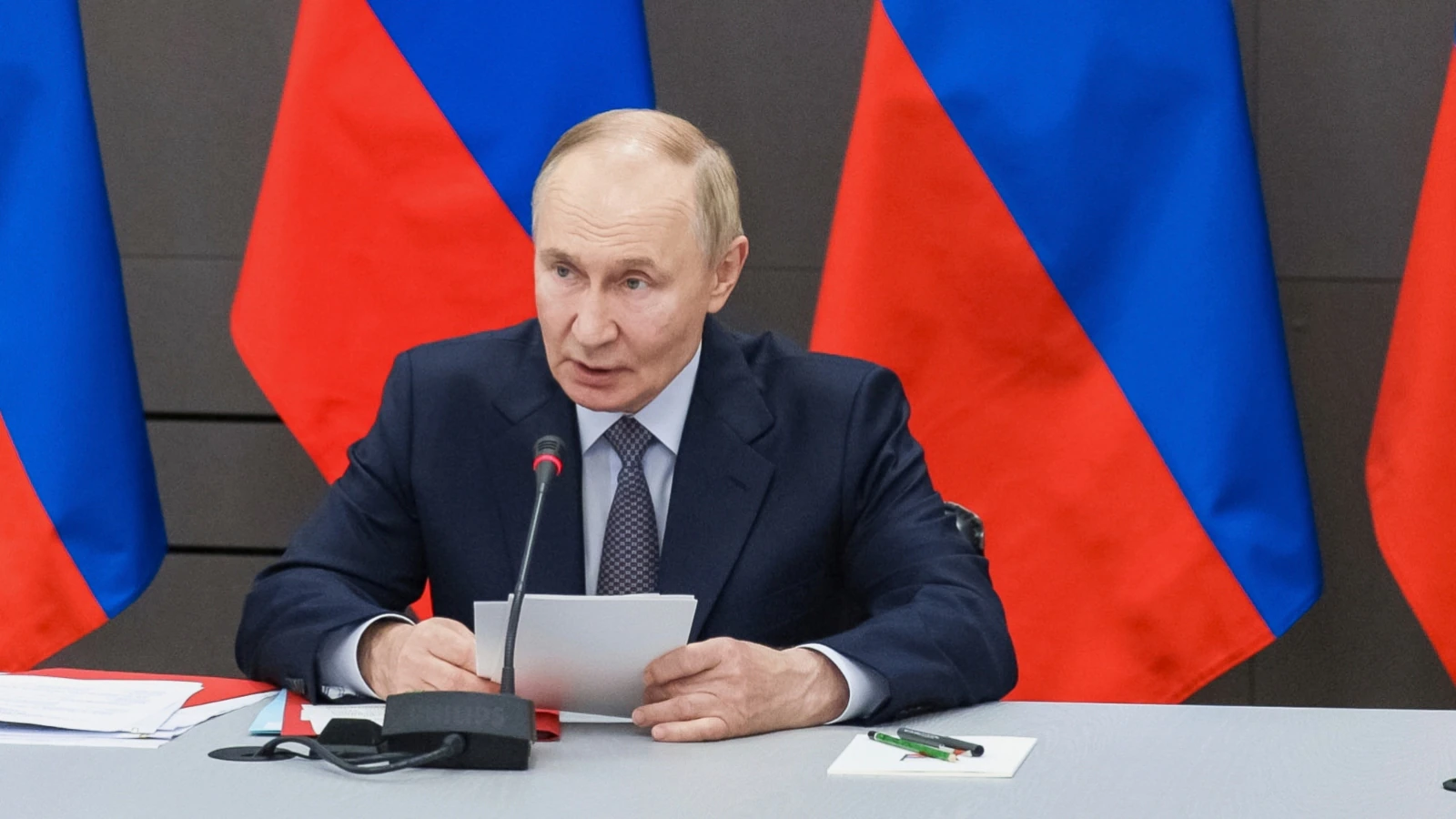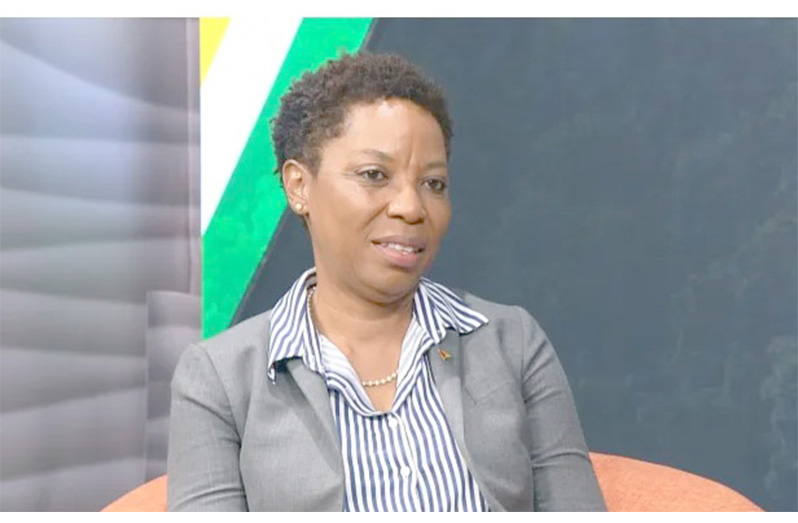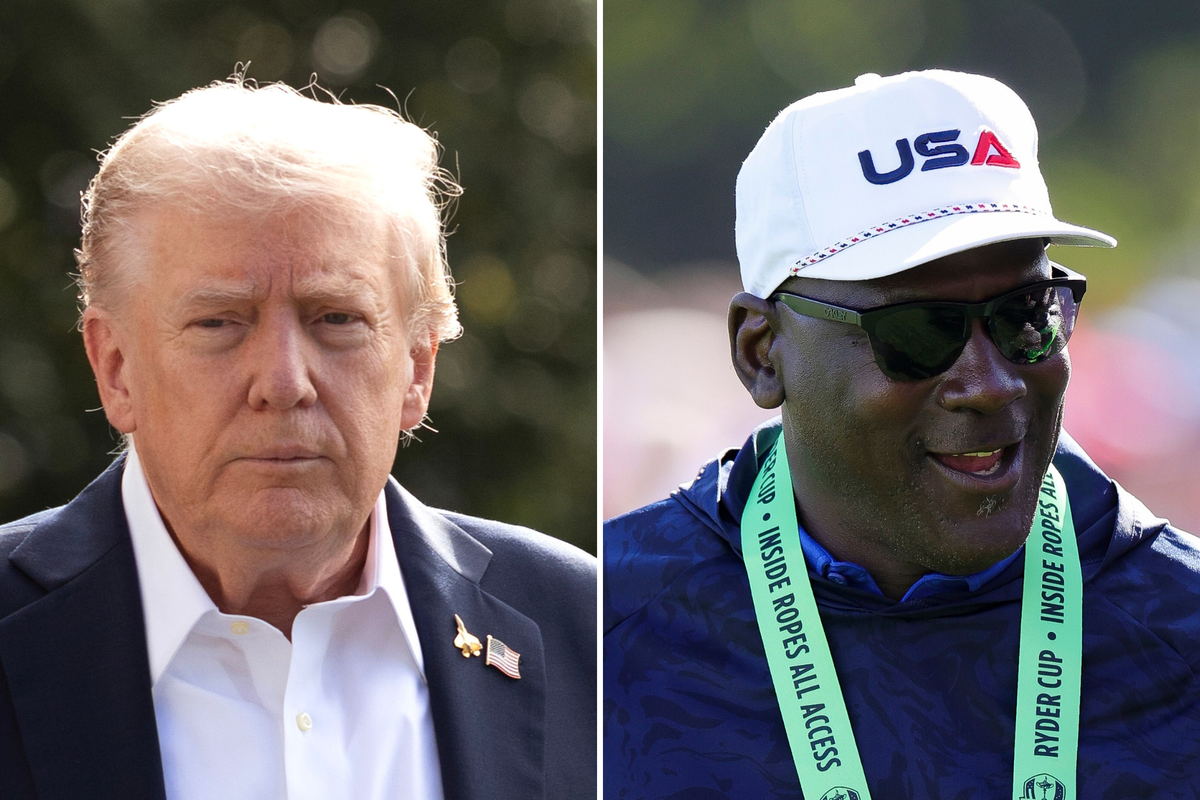Copyright news18

Russia has imposed a temporary ban on fuel exports, halting shipments of petrol and most diesel until the end of 2025. The suspension, announced by Deputy Prime Minister Alexander Novak, is the most sweeping in a series of fuel controls this year. It applies to all gasoline exports and to diesel sold by companies not directly involved in production, essentially targeting traders and non-refining exporters. While crude oil shipments remain unaffected, the move drastically reduces global availability of refined products just as heating demand rises and refinery disruptions mount across Russia. The export freeze builds on earlier restrictions from March (which targeted petrol) and July (which widened diesel curbs), signalling a more aggressive state intervention in fuel markets amid a widening supply-demand mismatch. As a result, major energy importers are now bracing for tighter margins, elevated premiums, and higher global benchmarks. What Triggered The Ban? The ban follows sustained attacks by Ukraine on Russia’s energy infrastructure, particularly its oil refining network. According to Firstpost, at least 16 of Russia’s 38 refineries have been damaged in drone strikes since August. Among the worst affected were the Ryazan refinery near Moscow, which processes 340,000 barrels per day, and the Salavat refinery in Bashkortostan, targeted on 18 September. Ukraine’s SBU security service claimed responsibility for the Salavat strike, saying it had hit “the heart of the facility” and caused a major fire. Two days later, drones struck additional refineries in Saratov and Novokuibyshevsk. Ukrainian President Volodymyr Zelenskyy described the attacks as part of a targeted campaign to disrupt Russia’s war economy. “The most effective sanctions, the ones that work the fastest, are the fires at Russia’s oil refineries, its terminals, oil depots,” he said. Zelenskyy also confirmed plans to expand Ukraine’s long-range drone programme. By mid-September, the domestic shortage in Russia was visibly escalating. Deputy PM Novak admitted “there is indeed a slight shortage of petroleum products” and called the September–October supply balance “a difficult one,” according to Moscow Times. The statement marked a shift from earlier government messaging, which had attributed fuel scarcity to “logistical issues.” Domestic Shortages Spike, Crimea Worst Hit The worst-hit region has been occupied Crimea, where fuel flows are logistically vulnerable and politically sensitive. CNN cited local reports stating that nearly half of all petrol stations across Crimea had shut down. In Sevastopol, the pro-Ukrainian Telegram channel Crimean Wind reported that a new petrol shipment was exhausted within hours, triggering long queues at the few operational stations. But Crimea was not the only affected area. Other regions, including the Mari El Republic, Rostov Oblast, and the Jewish Autonomous Region, also reported up to 14 per cent of petrol stations going offline, as per Firstpost. Rationing measures were observed in southern and eastern Russia, including limits on per-person fuel purchases and restrictions on agricultural use. On the day the ban was announced, Moscow Times reported that the wholesale price of AI-92, Russia’s most commonly used petrol grade, had surged to a record 79,788 rubles per tonne, a rise of over 40 per cent since January. How India Fits Into The Ripple Effect India is not a major importer of Russian petrol or diesel, but it is one of the largest buyers of Russian crude, which it refines either for domestic use or re-exports as diesel and other products. While Moscow’s export ban does not directly impact crude shipments, the squeeze on refined products tightens global supply and raises the risk of price volatility across downstream markets. Russia’s action could indirectly impact India’s energy costs by pushing up international fuel benchmarks. Tighter diesel supply globally could also reduce the commercial advantage Indian refiners have enjoyed through discounted Russian barrels. The shift is already visible in trade patterns. Turkey, previously one of the top importers of Russian diesel, has begun sourcing from India and Saudi Arabia instead. That diversion has increased demand for Indian fuel exports, but it may also pressure local diesel availability, especially if prices continue to rise. According to Firstpost, diesel premiums have surged to $25–$30 per barrel above Brent, the highest level since mid-2022. That spells tighter margins for Indian refiners, who may now face costlier feedstock, increased export competition, and narrower discounts from Russia. If the ban continues and Ukraine’s attacks further disrupt Russia’s domestic refining capacity, India may need to recalibrate its energy strategy. That could mean diversifying crude sourcing, tapping into strategic reserves, or revising product export quotas to maintain price stability at home. Shrinking Supply And Soaring Premiums Russia is the world’s second-largest exporter of diesel. Since Western sanctions cut off Europe as a destination, most of its fuel has been redirected to Turkey, Brazil, and parts of Africa. Now, with outbound flows restricted by Moscow, those buyers are turning to alternative suppliers in Asia, including India. Tracking firms OilX and Vortexa project that Russia’s diesel exports for September this year will fall to their lowest monthly levels since 2020. This comes at a time when global demand is climbing due to seasonal factors such as winter heating, agricultural fuel needs, and inventory building. The net result: diesel is becoming a pressure point globally. Even within Russia, prices have spiked, triggering local inflation concerns. Outside, the reduced availability is pushing importers into bidding wars, driving up premiums and reconfiguring trade routes. No Direct Crude Disruption Yet, But The Risk Remains India’s access to Russian crude remains stable for now. However, if the domestic crunch in Russia worsens, Moscow may decide to redirect more crude to its remaining operational refineries for internal use. That could lower volumes available for export, tightening the global crude market and affecting Indian procurement plans. According to Reuters, US political pressure could also play a role. “President Trump continues to pressure US allies to reduce Russian imports,” said Andrew Lipow, president of Lipow Oil Associates. “We might see India and Turkey reduce some of their Russian imports.” While India has not indicated any such shift yet, the geopolitical pressure adds another layer of uncertainty to its energy planning.



